Bologna’s legacy as the cradle of higher education is undeniable. During the 12th century, this vibrant academic hub witnessed student uprisings that shaped the concept of student-controlled universities. Driven by demands for vocational training and autonomy, these movements influenced course content and fostered a culture of scholarly pursuit. While the impact of these uprisings on educational institutions across Europe is well-documented, the stories behind the protests and their lasting influence on Bologna’s academic landscape remain captivating. Delving into this rich history offers a unique opportunity to understand the evolution of university education and the enduring spirit of student empowerment.
Key Points
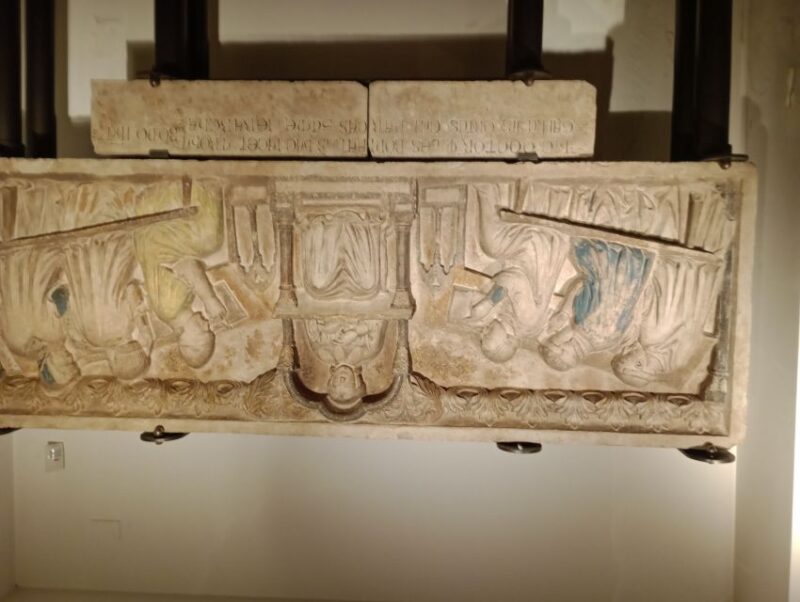
- Bologna was the birthplace of the student-controlled university concept in the 12th century, influencing the development of early European universities.
- Student uprisings in Bologna focused on vocational training and university autonomy, shaping the course content and syllabi of medieval universities.
- The Anatomical Theatre at the University of Bologna showcased famous skinless models, reflecting the importance of hands-on learning during the Enlightenment.
- The Botanical Garden and Palazzo Poggi in Bologna fostered a dynamic environment for learning and discovery, with Ulisse Aldrovandi’s scientific collections and research.
- Bologna’s role in shaping the European higher education landscape through student movements and intellectual heritage is a key part of its history as "the Learned".
Tour Overview and Details
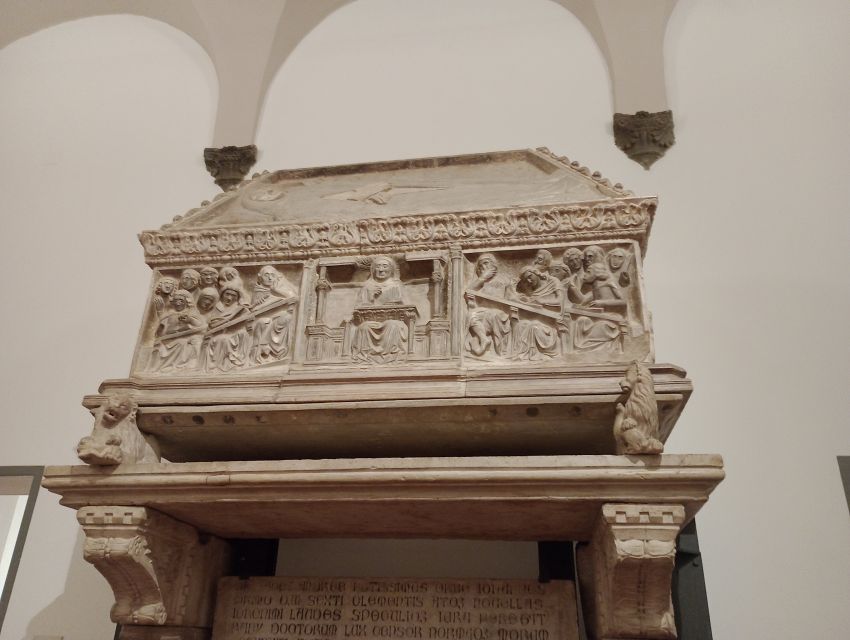
This two to three-hour tour explores the historic city of Bologna, known as "the Learned" for its renowned university.
Priced from €60 per group, the tour offers a live English-speaking guide and is wheelchair accessible. Groups can opt for a private experience. The meeting point may vary depending on the chosen option.
Highlights include visiting the anatomical theatre to see skinless models, learning about the history of Jews and the university, and discovering the connection between the botanical garden and Palazzo Poggi.
With free cancellation up to 24 hours in advance, this tour provides an informative and accessible way to explore Bologna’s rich academic history.
You can also read our reviews of more tours and experiences in Bologna.
Itinerary Highlights
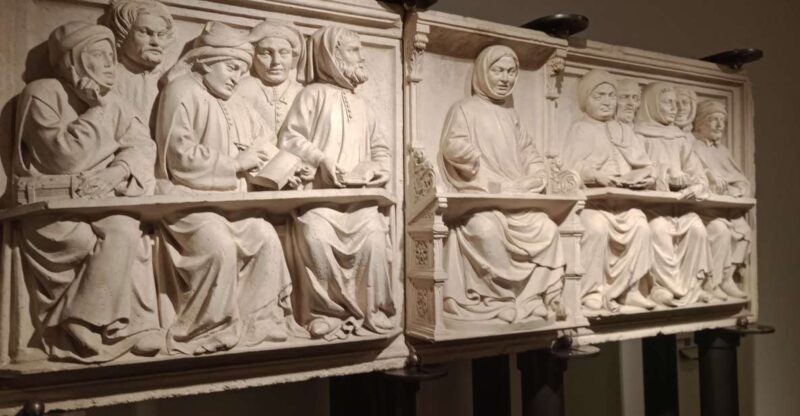
The tour explores a wealth of historic sites in Bologna, including the glossator tombs, the Archiginasium, via Zamboni, the botanical garden, and a beautifully preserved library.
Participants will also visit the anatomical theatre to see the famous skinless models. The tour delves into the history of the Jewish community and the university, as well as the relevance of golliardic students today.
Connections between the botanical garden and Palazzo Poggi through Aldrovandi are highlighted.
The itinerary covers iconic landmarks such as Piazza Verdi, Palazzo Poggi, the medieval museum, the Stone of Peace, the Santa Maria Della Morte hospital, and the San Francesco church.
Historical Context
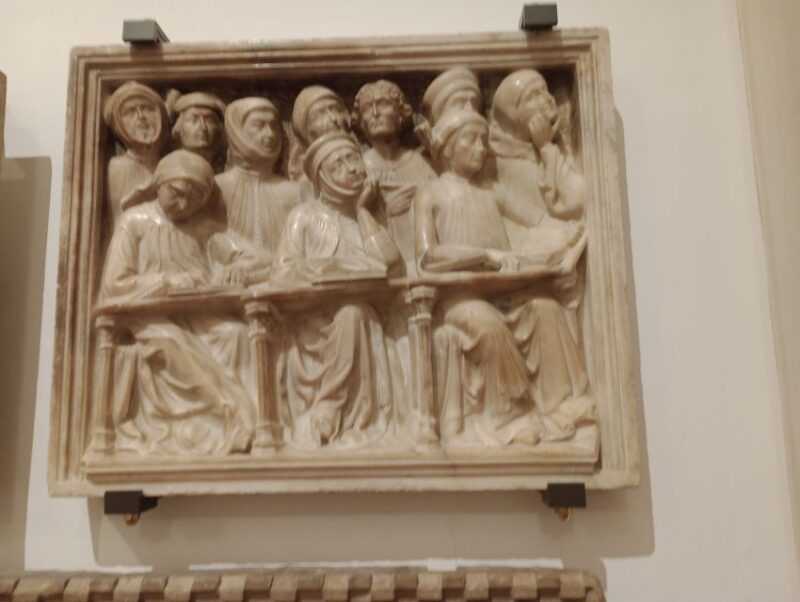
Bologna’s reputation as the birthplace of the student-controlled university concept emerged during the 12th century, alongside the hotel of early European universities in places like Paris.
Student uprisings and their motivations were integral to this evolution, as vocational training became a focus in medieval universities.
These student movements significantly impacted the course content and syllabi, reflecting their desire for greater autonomy and influence within the academic sphere.
The historical context underscores Bologna’s central role in the development of European higher education, where the empowerment of students played a pivotal part in shaping the university landscape of the time.
Participant Information
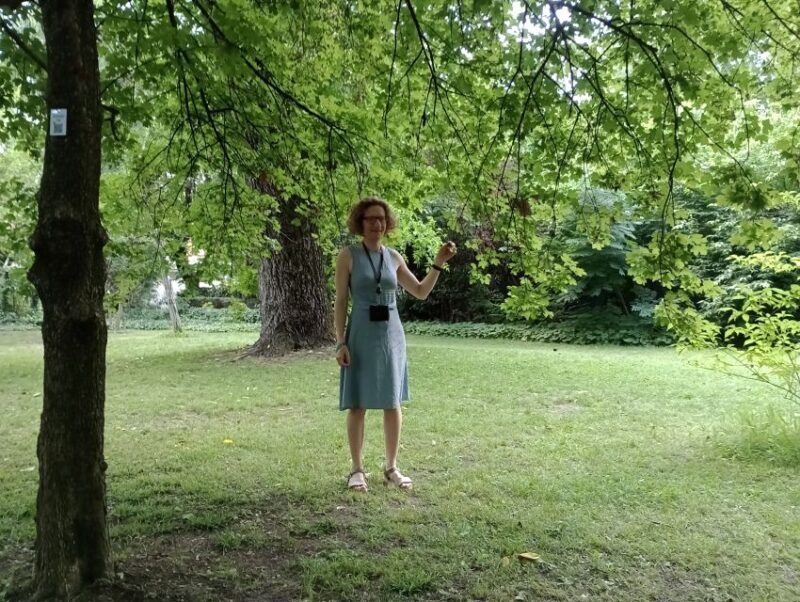
Who can participate in this tour? The tour welcomes participants aged 99 and younger.
For groups of ten or more, headsets are available for an additional €2 per person, allowing everyone to clearly hear the live tour guide’s commentary in English.
The tour is wheelchair accessible, catering to a diverse range of visitors.
To ensure a comfortable experience, participants are recommended to wear comfortable shoes throughout the 2-3 hour journey.
The key participant information is:
- Age range: 99 and younger
- Headsets available for groups of 10+
- Wheelchair accessible
- Comfortable shoes recommended
Customer Feedback
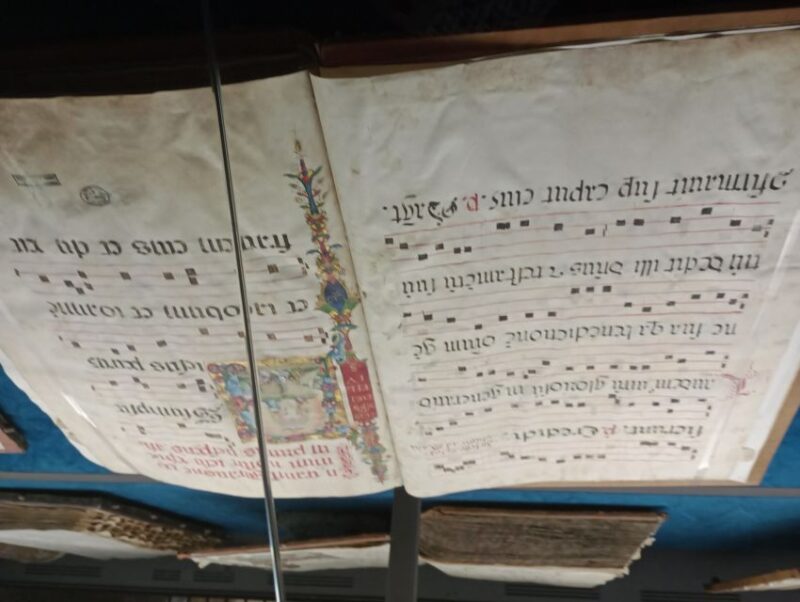
Excellent customer reviews have cemented the tour’s reputation, with an outstanding 5/5 rating based on a single verified booking.
The glowing feedback from a guest in the United States, who described the tour as "Excellent. Very informative," speaks to the quality of the experience.
With the tour’s live English-language guide, participants can expect an engaging and educational exploration of Bologna’s rich history.
The tour’s accessibility features, including wheelchair access, further demonstrate its commitment to inclusivity.
Exploring Glossator Tombs
Amidst the storied streets of Bologna lies a treasure trove of medieval history – the glossator tombs.
These enigmatic gravesites offer a window into the scholarly world of the university’s past.
As part of the tour, visitors can:
- Marvel at the intricate carvings adorning the tombs, which depict the scholarly pursuits and accomplishments of the interred.
- Explore the Archiginasium, the ancient seat of legal studies, where these renowned scholars once lectured and debated.
- Discover the fascinating connections between the glossators, the botanical garden, and the renowned Aldrovandi collection.
- Gain insights into the bustling student life and uprisings that shaped the university’s history.
These ancient sites illumine the vibrant intellectual legacy of Bologna, the "Learned City."
Uncovering Anatomical Theatre
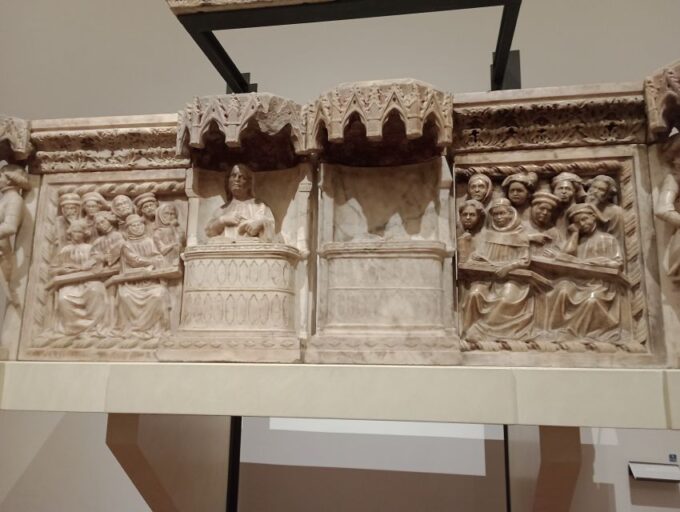
Tucked within the historic walls of Bologna’s university campus lies the Anatomical Theatre, a testament to the city’s pioneering role in the field of medicine.
Constructed in the early 18th century, this unique space served as a venue for public dissections and anatomical demonstrations. Visitors can explore the intricate wooden structure and marvel at the life-sized anatomical models, which offer a remarkable glimpse into the evolution of medical education.
The theatre’s design, with its tiered seating and central dissection table, reflects the growing importance of hands-on learning and the dissemination of anatomical knowledge during the Enlightenment era.
Today, the Anatomical Theatre stands as a captivating link to Bologna’s rich intellectual heritage and its enduring contribution to the advancement of medical science.
Connecting Botanical Garden and Palazzo Poggi
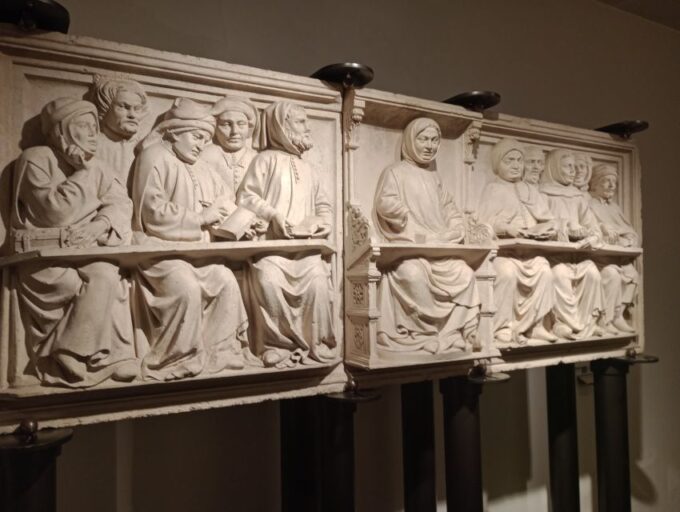
The connection between Bologna’s Botanical Garden and the Palazzo Poggi reveals a rich tapestry of scientific exploration and intellectual collaboration.
The botanical garden was founded in 1568 by Ulisse Aldrovandi, a renowned naturalist and professor at the University of Bologna. Aldrovandi’s work was deeply intertwined with the collections housed in the Palazzo Poggi, which served as an early museum and library.
This symbiotic relationship enabled cross-pollination of ideas, fostering a dynamic environment for learning and discovery.
Key highlights include:
- Aldrovandi’s groundbreaking research on plants, animals, and minerals.
- The botanical garden’s role in cultivating and preserving rare species.
- The Palazzo Poggi’s vast repositories of scientific manuscripts and artifacts.
- The university’s position as a hub for pioneering scholarly pursuits.
Frequently Asked Questions
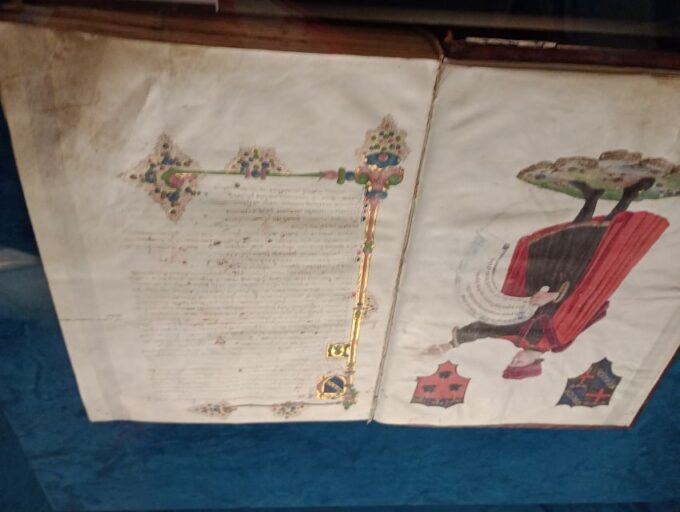
How Do I Get From the City Center to the Meeting Point?
To get to the meeting point, visitors can take a short 5-minute walk from the city center. The meeting point is easily accessible and located near popular landmarks, making it convenient for participants to find.
Are There Any Food or Drink Options During the Tour?
The tour doesn’t include any food or drink options. However, participants can explore the city’s restaurants, cafes, and street food stalls before or after the tour at their own pace and expense.
Can I Take Photographs or Videos During the Tour?
Participants can take photographs and videos throughout the tour. However, they’re advised to be mindful and avoid disrupting the guide or other visitors. Some sites may have restrictions, so it’s best to follow the guide’s instructions.
Are There Any Age Restrictions for Participation in the Tour?
According to the tour overview, there are no explicit age restrictions for participating in the tour. The tour is open to participants aged 99 and younger, making it accessible to a wide range of ages.
Is the Tour Available in Languages Other Than English?
The tour is offered with a live English-speaking guide, but other language options may be available on request. Participants of any age can join the tour, which is wheelchair accessible.
Recap
Bologna’s legacy as the birthplace of higher education lives on. Student uprisings shaped the university experience, influencing both curriculum and campus governance. This rich history is explored through guided tours, where visitors uncover the city’s anatomical theatre, botanical garden, and renowned scholarly sites. The tour offers a captivating glimpse into Bologna’s enduring role in shaping educational institutions across Europe.
You can check if your dates are available here:More Tour Reviews in Bologna
- Bologna Highlights Private Tour With Top Rated Local Guide
- 3 Days In Bologna
- Discover the Wine Producers of Emilia Romagna
- Lovely Hills of Bologna: Express Train to San Luca With Tastings
- Bologna Airport (Blq) – Abano Terme / Private Transfer (Up to 3 Pass.)
- Private Track Tours With Race Cars at the Modena Autodrome
Not for you? Here's more things to do in Bologna we have recnetly reviewed
- Bologna: Archiginnasio Small Group Tour
- Bologna: Food and Wine Tasting With Interactive Game
- Lamborghini and Ferruccio Lamborghini Museums Entry Tickets
- Bologna: Clock Tower Audio Guide and Food Tasting
- Bologna: 2-Hour Private Locals Christmas
- Bologna: Private Guided Walking Tour
- Fusion Between Treasure Hunt and Escape Room in Bologna
- Bologna: City Center Walking Tour
- Bologna: the Secrets of Bologna With Spanish Guide
- Bologna: Audio-Guided Archiginnasio Visit With Food Tasting
- 3 Best Dining Experiences In Bologna
- 3 Best Dinner Tours In Bologna
